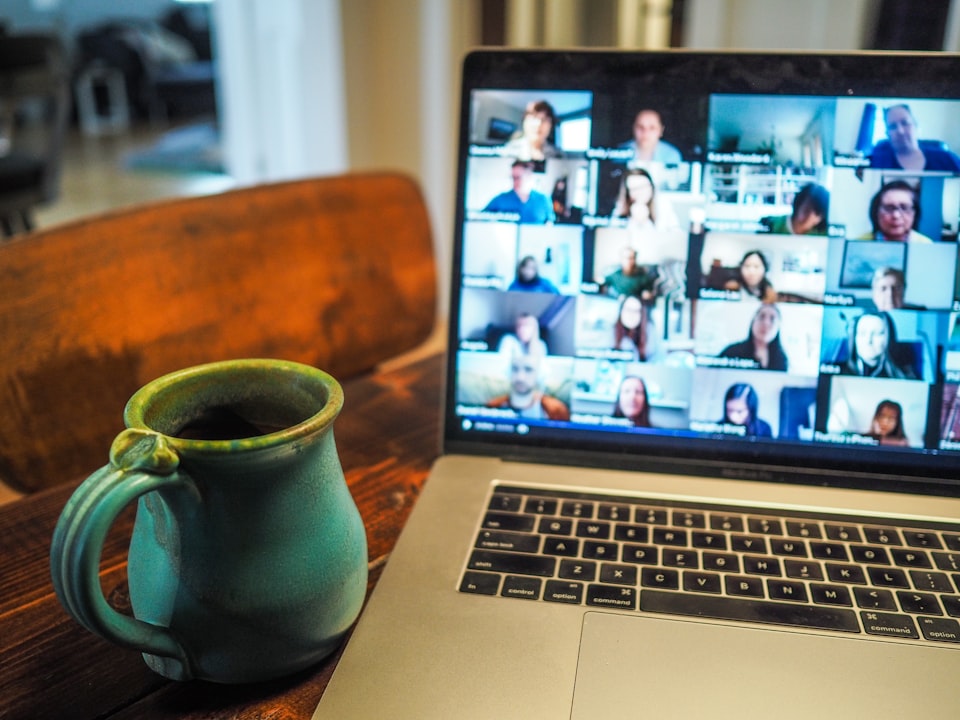Tips for attending school remotely

I’ve enrolled in school recently, and it has been a great experience so far, but attending school remotely is an entirely different experience from the in-person experience. While I would’ve preferred to participate in person, the costs would’ve made attending school difficult. Luckily, remote attendance was an option, which has also raised challenges; while these are not new, as the pandemic demonstrated, I’d like to share my tips to get the most out of remote school sessions.
The challenges I encountered consisted of:
- Ensure my home office environment has adequate sound and video
- Can I take notes without losing focus on the lesson?
- How to record classes for future reference
- Reaching out to the professor in case of questions and delivering homework
Ensuring my home office environment has adequate sound and video
Luckily, since I’ve been working remotely for a significant amount of time, having strong audio and video equipment is already something I had, but for reference, here’s the current AV setup I got
- Shure SM7B Microphone, dynamic microphone help suppress noisy appliances like AC
- RØDECaster Duo for the audio interface
- Logitech C922 Web camera
- El Gato Stream Deck Mk.2
- Sennheiser HD 650 Headphones
If I had to insist that you get one of these devices, I would insist on the microphone. A high-quality dynamic microphone helps suppress noise; when you need to speak often, having crisp, clear audio will help you communicate what you’re trying to convey.
Can I take notes without losing focus on the lesson?
The short answer is no, but in my case, it’s because classes tend to be very hands-on, with lots of practice so there’s no time to jot down important notes, which brings me to the next point.
How to record classes for future reference
Let me preface this by saying that you could record the session using video conferencing software such as Zoom if the school you’re attending uses that. But it would be best to double-check as some school programs have privacy clauses, and some students have requested things to remain private due to EU or USA laws regarding identity protection. My case is that while I can record classes, I can’t share them on public platforms like YouTube or the like. My preferred solution is to record the session with OBS (Open Broadcaster Software). After completing a class, I like to defer to video editing software. My aim is to create highlights for the hands-on sessions and divide the lesson into shorter videos that can be quickly perused for future reference.
My workflow for editing classes goes as follows:
- Using DaVinci Resolver, I create a bin called “Footage.”
- I cut the video using the key parts that I need to revisit for homework or future reference
- I arrange the timeline to include some title cards and cut some of the parts of the video I don’t want, e.g., Zoom UI that I find intrusive
- I color-correct and change some of the highlights and shadows, as the raw footage doesn’t preserve color that well
- Render the resulting video
Finally, one section that I’d like to cover is
Reaching out to the professor in case of questions and delivering homework
This varies from professor to professor, but in short, you should reach your professor via their preferred method of communication; in my case, email is the preferred method, and while a lot of people might choose platforms such as Discord or Slack, having a trail of emails to refer back to is helpful; as you make progress and you advance in your lessons you should be able to refer back to an email in case questions come-up or even look at the progress you have made via the homework you have provided in case you lose the original files from your computer. Additionally, I prefer email because I can archive it without fear of losing it to a platform not meant for this type of workflow.